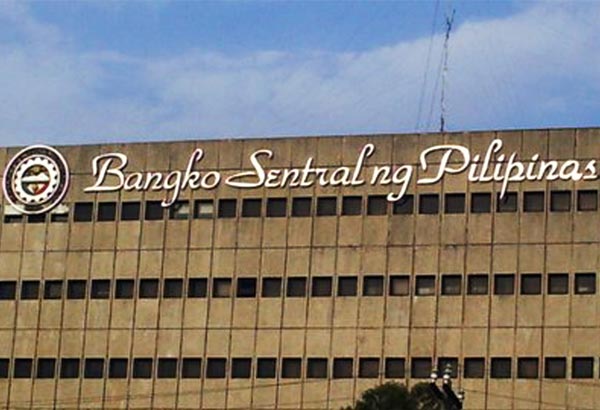December
27, 2015 9:17 pm [ manilatimes.net ]
by CATHERINE TALAVERA,
REPORTER
The country’s central
business districts may seem to be good venues for parking money for both
property end-users and investors, but other locations may just be as promising,
according to online agent MyProperty.ph.
The local property website
listed down several neighborhoods in Metro Manila aside from the top business
districts such as Makati and Bonifacio Global City that investors and house
hunters should keep an eye on in 2016.
On the list is the Bay City
in Pasay, a previously unnoticed part of the city, but which came to life when
SM Mall of Asia began operating in 2006.
The country’s biggest
retail firm has driven the rise of numerous condominiums in the area, followed
by the establishment of gaming place Entertainment City.
“With all this activity,
another recreational center soon rose to cater to visitors with a more grown-up
idea of fun: the Entertainment City, which houses the City of Dreams Manila and
Solaire Resort and Casino [and two more integrated resorts will open until
2018],” said MyProperty.ph.
It also noted that the Bay
City’s proximity to the Ninoy Aquino International Airport makes it a frequent
and favorite stop of overseas Filipino workers (OFWs) and first-timers in the
country.
Also on the list is Alabang
in Muntinlupa City, also at the south of Metro Manila. Aside from being known
as a business district, Alabang is also becoming one of the most thriving
commercial centers in Metro Manila, especially with the construction of
Filinvest City and the Alabang Commercial Center.
“An ideal place for young
professionals, Alabang is close to the offices located at Madrigal Business
Park and Filinvest City, while up-and-coming townships, such as Alabang West
and South Park District, will establish the area as a legitimate real estate hotspot,”
said MyProperty.ph.
Peppered with eating
establishments, gastronomical hubs BF Homes in Parañaque City and Kapitolyo in
Pasig City also made it on the list of MyProperty’s good investment locations
for 2016.
Aside from the restaurants
BF Homes has to offer, it is also a residential area that caters to mostly
upper middle class Filipino families. It also has a large population of South
Korean expatriates.
Meanwhile, MyProperty noted
that Kapitolyo is seen growing in terms of real estate, with upcoming
developments like Alveo’s Portico and Ortigas & Co.’s Capitol Commons.
Also on the list is
Poblacion in Makati City, which MyProperty dubbed as Makati’s most significant
neighborhood next to the Makati CBD.
“After the Makati Business
District, Poblacion would be the city’s most significant neighborhood, housing
several commercial centers, various businesses, government offices, and even a
historical area,” said MyProperty.ph.
It noted that Poblacion is
also home to the Rockwell Center and Century City, which both have residential,
retail and commercial elements.
Quezon City’s New Manila
and Sikatuna area were also mentioned as good investment locations. Both are
good areas for families to live in because of nearby schools and hospitals.
MyProperty noted that
Sikatuna is also close to some of the country’s established hospitals, such as
the Lung Center of the Philippines, Philippine Heart Center, and National
Kidney and Transplant Institute. So is New Manila, with the private hospital St.
Luke’s Medical Center.
MyProperty said townhouses
could go as low as P5 million each unit in New Manila and P8.9 million in
Sikatuna.
________________________________________________________________


